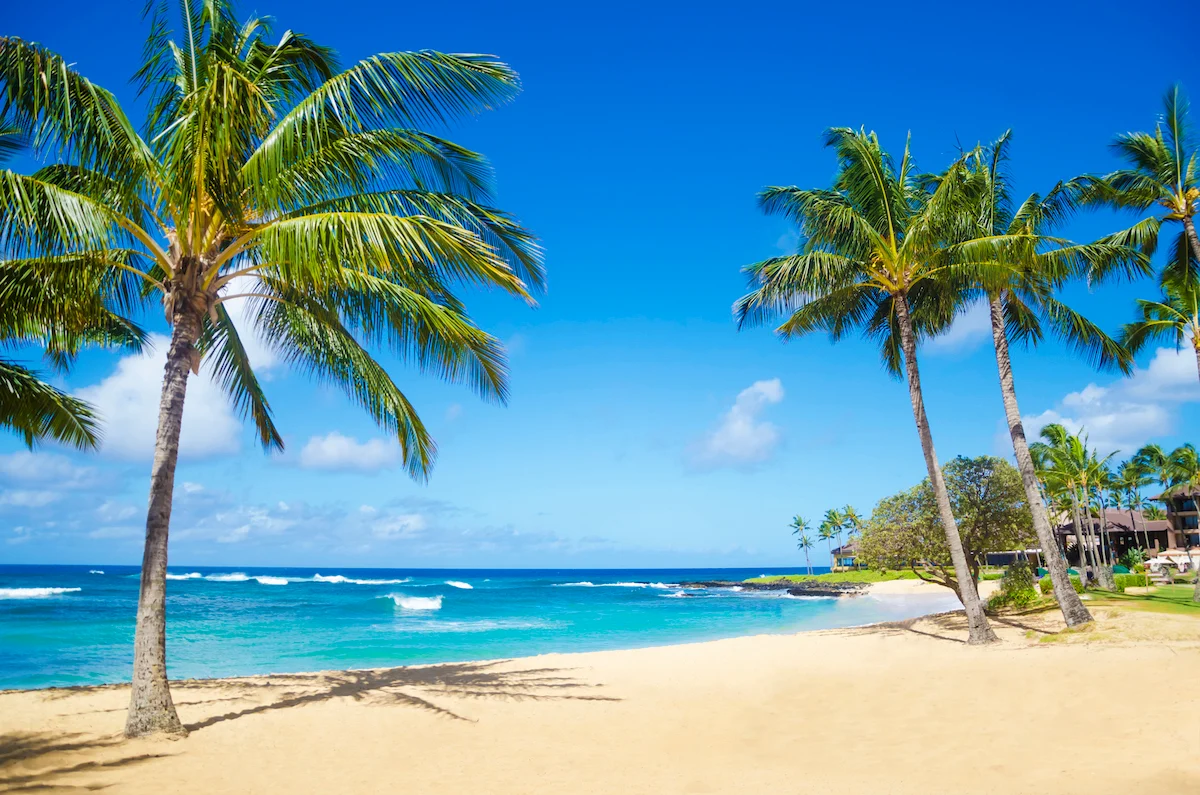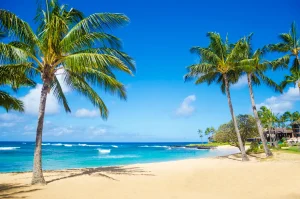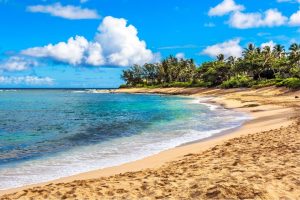Explore the educational, environmental, and economic significance of beaches. Discover their role in coastal ecosystems, maritime training, shipping safety, and community development. A complete guide for students, cadets, ship officers, professionals, and enthusiasts.
Why Are Beaches More Than Just Sand and Sea?
When you think of a beach, do you only picture sun and waves? In reality, beaches are much more than recreational spaces. They are dynamic environments with vital roles in coastal protection, marine biodiversity, maritime navigation, and even seafarer training.
This article explores beaches from multiple perspectives—scientific, educational, and professional—while keeping the focus entirely on environmental value, academic relevance, and real-world applications in the maritime sector.
What Is a Beach?
A beach is a landform along the shoreline of an ocean, sea, lake, or river, typically composed of sand, pebbles, cobblestones, or gravel. It is shaped by wave action, tidal patterns, and sediment transport.
🌍 Key Characteristics:
-
Found on coastal and inland water bodies
-
Act as natural buffers between the land and sea
-
Vary by climate, geology, and human activity
-
Influence shipping routes, habitat protection, and port operations
Importance of Beaches in Marine Ecosystems
🐚 Ecological Significance
-
Habitat for marine species: crabs, birds, sea turtles, and microorganisms
-
Breeding grounds: Many species lay eggs in beach sands
-
Natural filtration: Sand and sediment layers filter water entering aquifers
🌀 Coastal Protection
-
Dissipate wave energy during storms
-
Help prevent erosion and inland flooding
-
Act as early indicators of climate change and sea-level rise
“Beaches are frontline guardians of our coastal zones, acting as natural breakwaters,” says Dr. Elena Costa, Coastal Geomorphologist at the University of Genoa.
How Beaches Matter in Maritime Studies and Professions
Beaches are not just natural landscapes—they are crucial in training and professional scenarios:
🧭 Maritime Navigation
-
Visual landmarks for coastal navigation
-
Safe anchorage zones near shorelines
-
Important for nautical charting and bathymetric surveys
🛟 Maritime Safety and Training
-
Used in lifeboat drills and marine survival training
-
Natural venues for emergency landing simulations
-
Training environments for maritime cadets and rescue personnel
🏗️ Coastal Infrastructure & Port Planning
-
Help determine port locations and dredging needs
-
Studied for wave climate and sediment transport dynamics
-
Critical for understanding climate-resilient coastal engineering
Latest Trends: Beaches in Environmental and Maritime Research
🌐 Coastal Monitoring & Digital Mapping
-
Use of drones, LIDAR, and satellite imagery for beach erosion tracking
-
3D modeling of beach profiles for academic and professional analysis
🧪 Marine Education Programs
-
Beach-based learning included in marine biology, oceanography, and coastal engineering curricula
-
Emphasis on interdisciplinary research combining environmental science and maritime logistics
🌊 Climate Change Impact
-
Rising sea levels and extreme weather are reshaping beaches worldwide
-
Maritime professionals must consider beach loss in coastal hazard assessments
Global Examples: How Different Countries Utilize Their Beaches
-
Japan: Combines beach data with tsunami evacuation mapping for coastal towns
-
The Netherlands: Uses artificial beach nourishment as a sustainable erosion defense
-
Italy: Integrates beaches into marine park systems and port access regulations
Many shipping companies now collaborate with environmental agencies to monitor coastal changes near their ports or terminal operations.
Beach Preservation and Responsible Use
🛠️ Human Impact and Conservation Challenges
-
Urban development, plastic waste, and tourism pressure degrade beaches
-
Shipping activities, if unmanaged, can contribute to shoreline erosion
✅ Best Practices for Sustainability
-
Support beach clean-up programs
-
Respect coastal zone regulations and marine protected areas
-
Encourage low-impact maritime operations near sensitive beach zones
FAQs: People Also Ask
Why are beaches important to maritime professionals?
Beaches serve as natural indicators of coastal health, offer training grounds, and influence port planning and shipping safety.
Can beaches affect shipping and port access?
Yes. Beach erosion or sediment build-up can alter navigation channels and impact dredging frequency and mooring conditions.
What academic subjects study beaches?
Fields like coastal engineering, oceanography, maritime safety, and environmental science study beaches for practical and theoretical insights.
How are beaches monitored scientifically?
Using tools like GIS, LIDAR, sonar surveys, and coastal buoys, researchers assess shoreline changes, wave energy, and sediment behavior.
Conclusion: Beaches—Nature’s Classroom and Maritime Resource
From scientific study and professional training to navigation and coastal safety, beaches play a vital role in maritime disciplines. They are living laboratories where marine professionals, researchers, and students can explore real-world dynamics.
As sea levels rise and human activity expands, understanding and protecting beaches is more critical than ever.
🌊 Want to learn more?
Explore our guides on:
References and Further Reading
-
UNEP Coastal Zone Management Report – www.unep.org
-
European Environment Agency: Coastal Zones – www.eea.europa.eu
-
NOAA’s Coastal Services Center – coast.noaa.gov
-
“Beach Processes and Sedimentation” by Paul D. Komar (Academic Reference)



